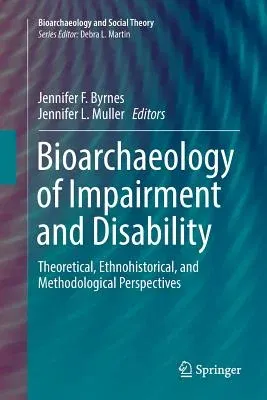Bioarchaeology of Impairment and Disability: Theoretical, Ethnohistorical, and Methodological Perspectives (Softcover Reprint of the Original 1st 2017Paperback - Softcover Reprint of the Original 1st 2017, 2 August 2018

Qty
1
Turbo
Ships in 2 - 3 days
In Stock
Free Delivery
Cash on Delivery
15 Days
Free Returns
Secure Checkout

Part of Series
Bioarchaeology and Social Theory
Print Length
292 pages
Language
English
Publisher
Springer
Date Published
2 Aug 2018
ISBN-10
3319860445
ISBN-13
9783319860442
Description
Product Details
Book Edition:
Softcover Reprint of the Original 1st 2017
Book Format:
Paperback
Country of Origin:
NL
Date Published:
2 August 2018
Dimensions:
23.39 x
15.6 x
1.63 cm
ISBN-10:
3319860445
ISBN-13:
9783319860442
Language:
English
Location:
Cham
Pages:
292
Publisher:
Weight:
430.91 gm